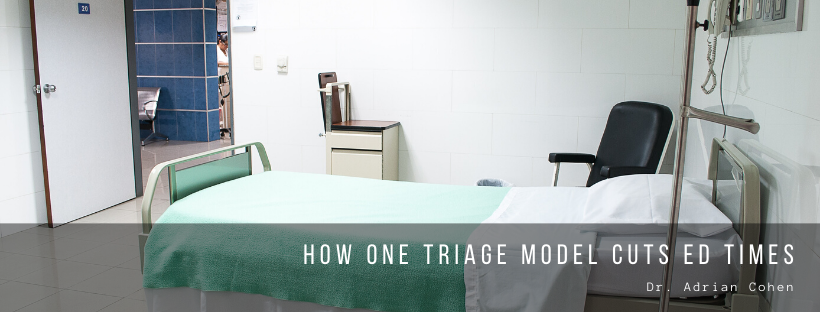Many emergency departments have issues with overcrowding and long wait times which greatly affect the quality of the patient experience. Average wait time for most hospitals usually falls between 20 and 30 minutes depending on the hospital, with extreme wait times getting closer to 40 minutes and the shortest wait times being closer to 15. Many patients will even leave medical appointments or hospitals if their wait times are too long. Receiving medical attention shouldn’t take as long as it does for so many patients, and if so many patients choose to just give up when wait times are too long, something should be done about it. Luckily, one hospital has come up with a program to help solve this problem.
Mount Sinai Brooklyn recently introduced a new program known as FastER Track, which creates a separate triage pool for low-acuity, non-urgent cases. Typically lower-acuity patients are put at the bottom of the list, but this model turns that more traditional triage system on its head by instead getting those less urgent cases out of the way first as a way of expediting the entire care process. The program’s pilot test was able to cut wait times considerably, cutting the arrival-to-first provider time by almost half (down to about ten minutes) as well as the length of stay going down by 11.5 minutes and turnaround times for walk-in patients reducing as well.
While implementing the FastER Track Program, Mount Sinai Brooklyn was able to vastly improve patient satisfaction in their emergency department. Many patients even commented that they will continue to utilize Mount Sinai’s emergency department going forward when needing healthcare, which is great progress when considering that many patients choose to not bother seeking treatment when long wait times were involved.
Seeing how Mount Sinai Brooklyn has seen much success with this model, it could be used as a new strategy for stopping emergency department overcrowding as well as improve the patient experience. With emergency departments being infamous for large crowds of varying patients, it’s important that every patient gets seen and receives the proper care, even if they’re lower-acuity patients. This form of triaging could be an answer.

